University of Texas at San Antonio researchers developed a way to enhance images from the James Webb Space Telescope.
Enhancing images from the James Webb Space Telescope of objects 127 million light-years from Earth takes more than a smartphone app or photo-editing software, and some University of Texas at San Antonio researchers have found a way to expedite the process. Mason Leist, a graduate research assistant in UTSA’s physics department, led a study of ways to improve images from the $10 billion space telescope that launched in 2021 and is currently about a million miles from Earth.
astronomer receives Webb telescope data to study galaxies, black holes The telescope “has exquisite image quality, but it still has some image issues,” Packham said. “Physics means that there’s some residual image things that are left over … not aberrations, but kind of image things that get in the way of the things that Mason wants to look for, these very faint dusty structures.
astrophysics professor on team developing next-generation space telescope to search for life The telescope captures observations at five wavelengths. Sometimes, certain features are visible only in certain wavelengths. In the telescope’s observations of NGC 5728, the researchers identified a faint feature in only one wavelength.
Commentary: Eclipse will last minutes, but could spark lifelong love of science Leist, Packham and 32 co-authors from institutes around the world recently published their findings in the Astronomical Journal. The Webb telescope “has incredible sensitivity, and it has incredible quality of the images, but still, if we can make it any better, that gives us the edge in this competitive area of science,” Packham said.
United States Latest News, United States Headlines
Similar News:You can also read news stories similar to this one that we have collected from other news sources.
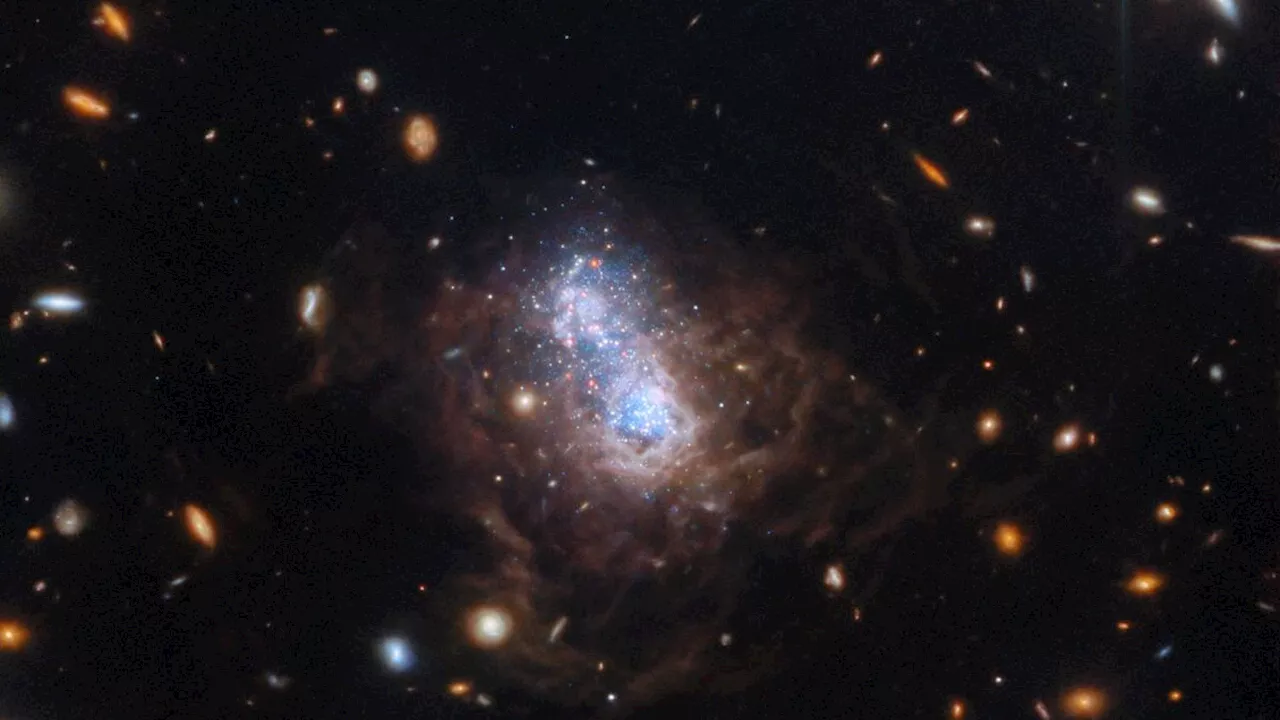 Gorgeous James Webb Space Telescope image captures sparkling stars, old and newSamantha Mathewson joined Space.com as an intern in the summer of 2016. She received a B.A. in Journalism and Environmental Science at the University of New Haven, in Connecticut. Previously, her work has been published in Nature World News.
Gorgeous James Webb Space Telescope image captures sparkling stars, old and newSamantha Mathewson joined Space.com as an intern in the summer of 2016. She received a B.A. in Journalism and Environmental Science at the University of New Haven, in Connecticut. Previously, her work has been published in Nature World News.
Read more »
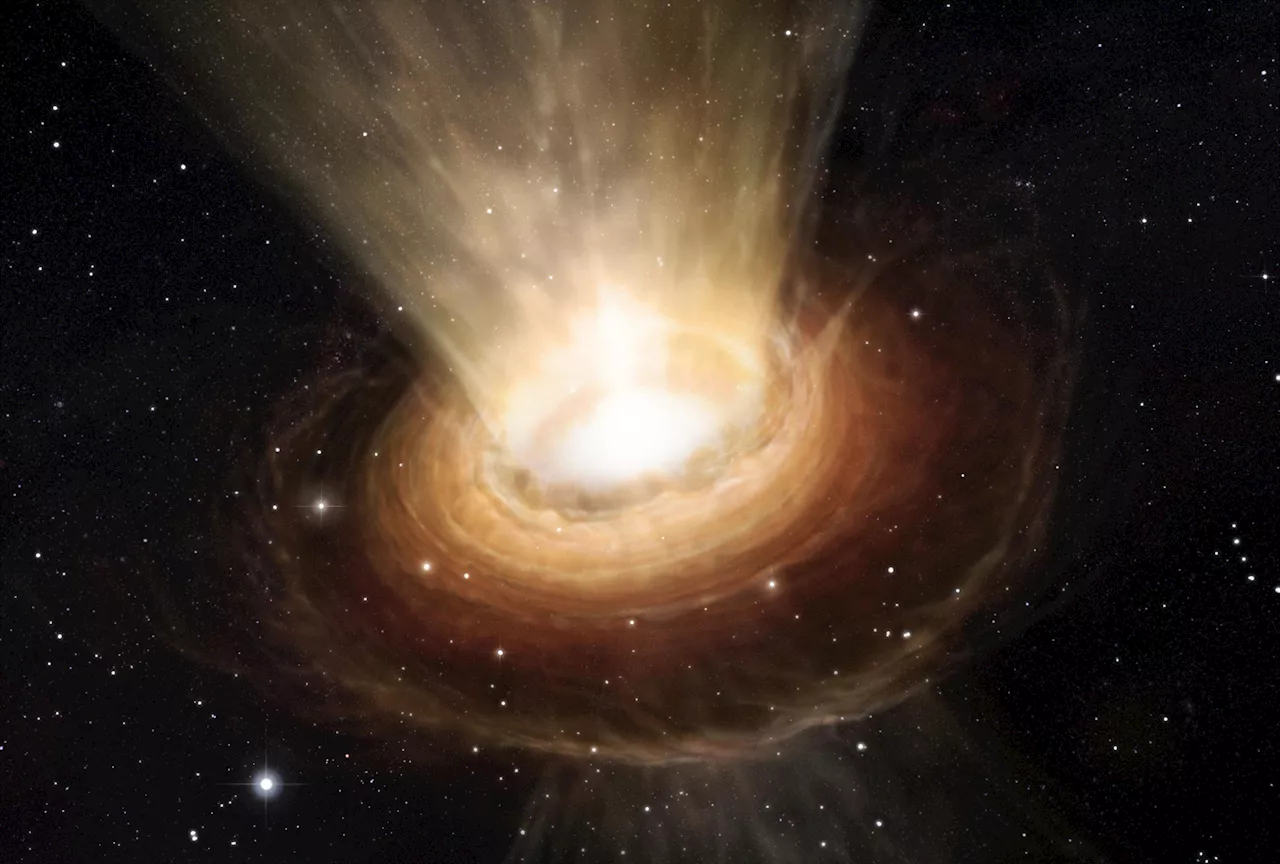 James Webb Space Telescope Captures the Final Stages of Planet FormationScience, Space and Technology News 2024
James Webb Space Telescope Captures the Final Stages of Planet FormationScience, Space and Technology News 2024
Read more »
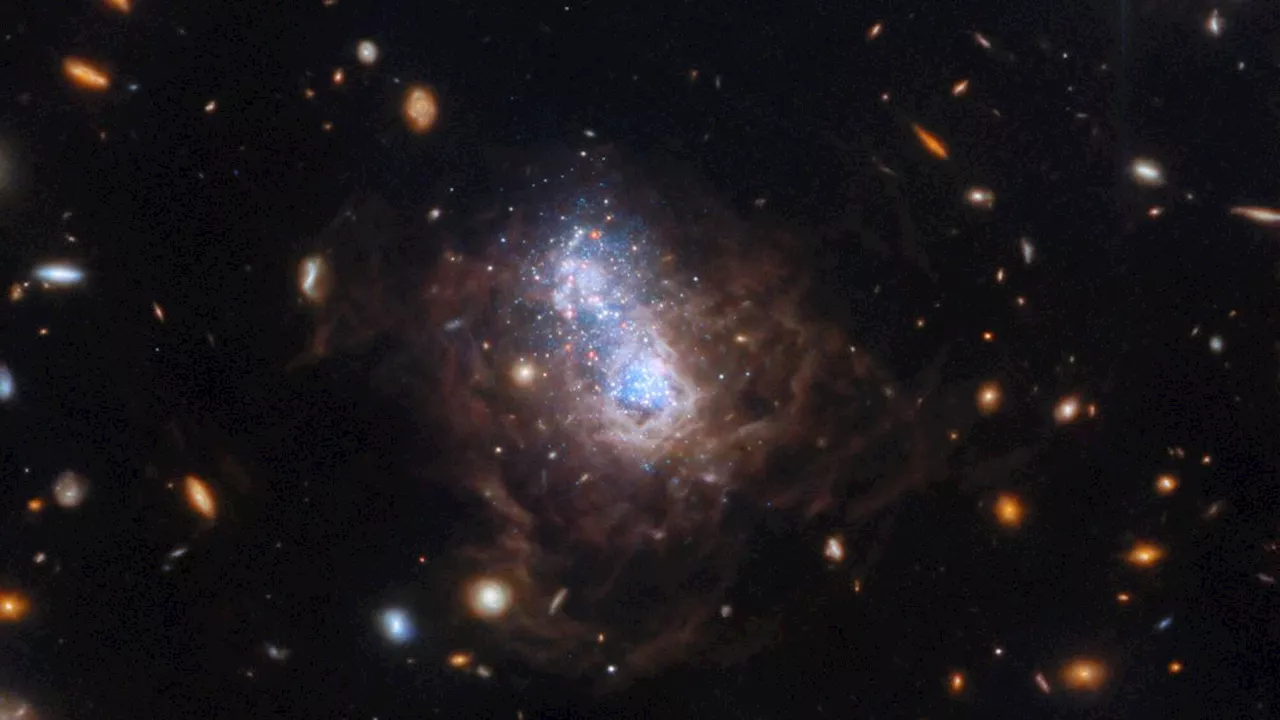 Space photo of the week: James Webb telescope reveals surprising starburst in ancient galaxyJamie Carter is a freelance journalist and regular Live Science contributor based in Cardiff, U.K. He is the author of A Stargazing Program For Beginners and lectures on astronomy and the natural world. Jamie regularly writes for Space.com, TechRadar.com, Forbes Science, BBC Wildlife magazine and Scientific American, and many others.
Space photo of the week: James Webb telescope reveals surprising starburst in ancient galaxyJamie Carter is a freelance journalist and regular Live Science contributor based in Cardiff, U.K. He is the author of A Stargazing Program For Beginners and lectures on astronomy and the natural world. Jamie regularly writes for Space.com, TechRadar.com, Forbes Science, BBC Wildlife magazine and Scientific American, and many others.
Read more »
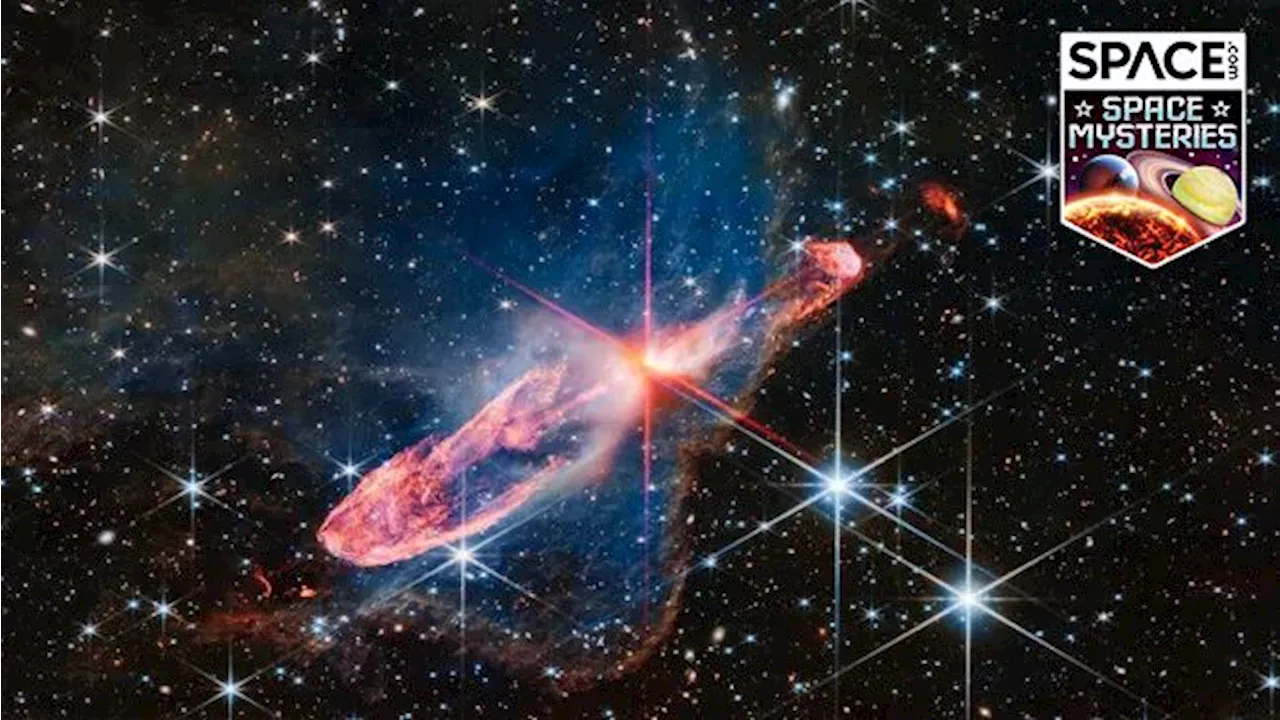 What are the true colors of images from the James Webb Space Telescope?Rebecca Sohn is a freelance science writer. She writes about a variety of science, health and environmental topics, and is particularly interested in how science impacts people's lives. She has been an intern at CalMatters and STAT, as well as a science fellow at Mashable.
What are the true colors of images from the James Webb Space Telescope?Rebecca Sohn is a freelance science writer. She writes about a variety of science, health and environmental topics, and is particularly interested in how science impacts people's lives. She has been an intern at CalMatters and STAT, as well as a science fellow at Mashable.
Read more »
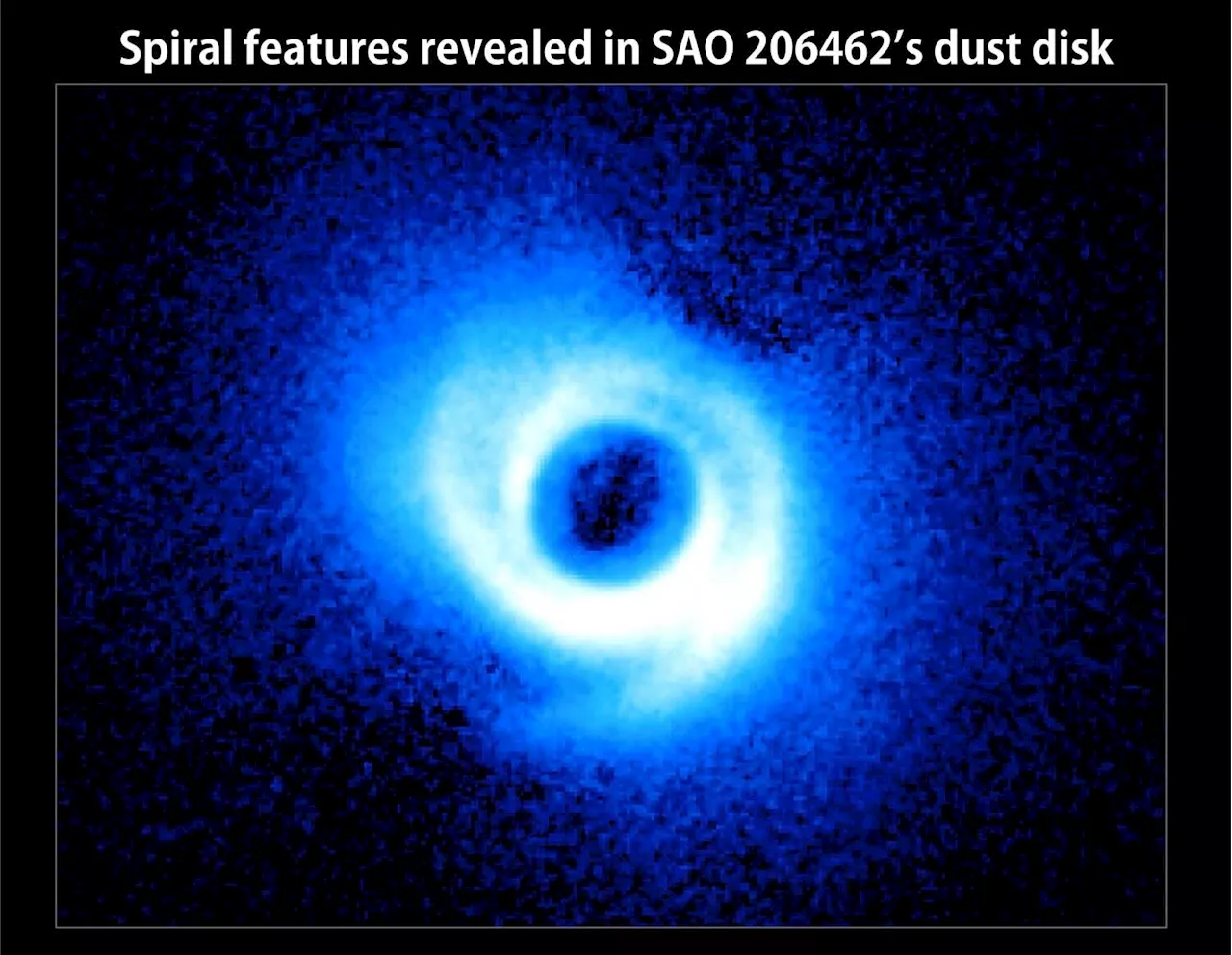 Astronomers conduct first search for forming planets with James Webb Space TelescopePlanets form in disks of dust and gas called protoplanetary disks that whirl around a central protostar during its final assembly. Although several dozens of such disks have been imaged, just two planets have been caught in the act of forming so far.
Astronomers conduct first search for forming planets with James Webb Space TelescopePlanets form in disks of dust and gas called protoplanetary disks that whirl around a central protostar during its final assembly. Although several dozens of such disks have been imaged, just two planets have been caught in the act of forming so far.
Read more »
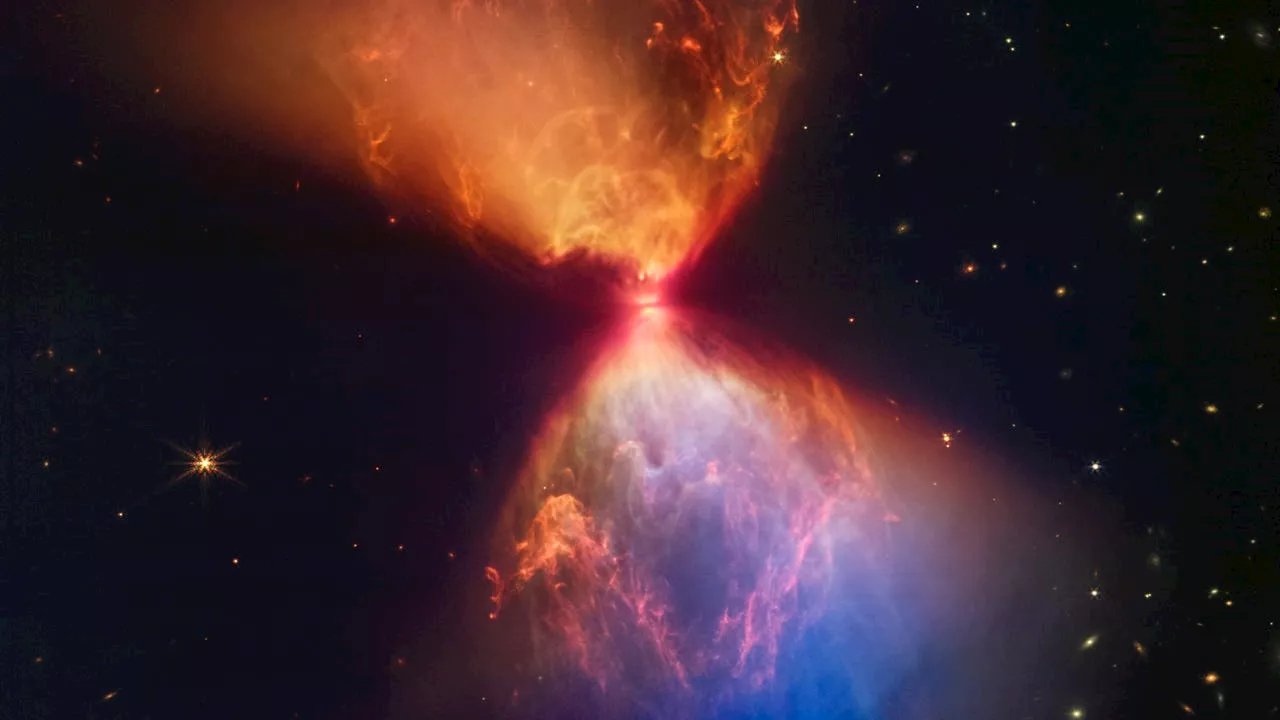 See images from NASA’s James Webb Space Telescope in new IMAX documentaryThe documentary “Deep Sky” will be in select IMAX theaters across the country in April. Here’s how you can see it.
See images from NASA’s James Webb Space Telescope in new IMAX documentaryThe documentary “Deep Sky” will be in select IMAX theaters across the country in April. Here’s how you can see it.
Read more »